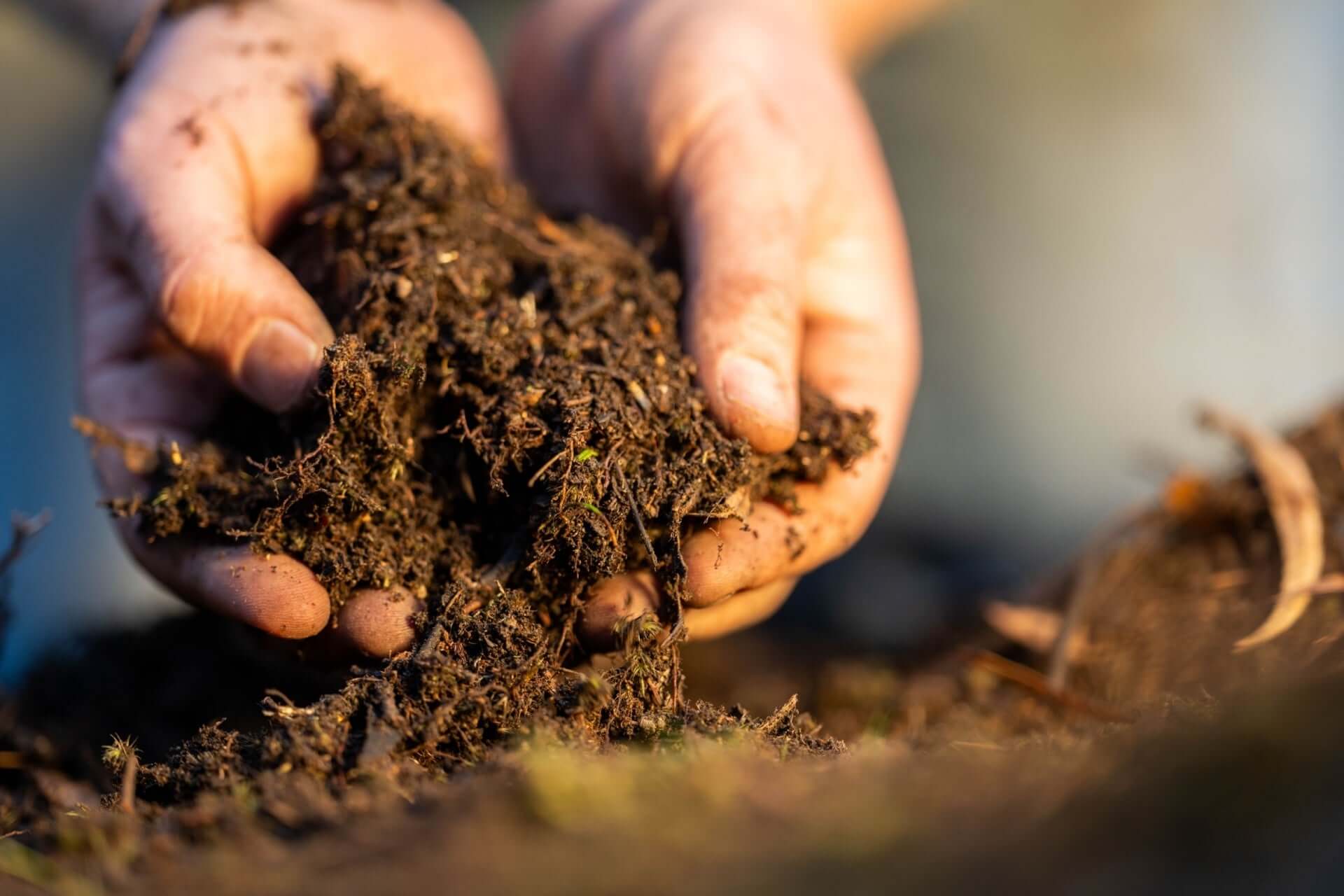A garden that is healthy starts from the ground up. Most farmers think of watering, sunlight and fertilizers when they think about taking care of plants. But something we can't see is often one of the most important parts of good plant health care. The soil microbiome is a network of living things that lives below the soil. It works quietly to keep your plants healthy, strong and tough.
Fungi, bacteria and other tiny living things that connect with plant roots live in this world below ground. If you pick the right plants, like Yarrow Plant or Wisteria Vine, they will automatically feed and support this system of microbes. You can learn about the microbiome and how to grow a garden that does well through natural balance by reading the tips below.
What Is the Soil Microbiome and Why It Matters
The soil microbiome is the group of very small living things that are in the soil. These organisms help break down organic waste, release nutrients and keep the structure of the soil in good shape, even though we can't see them. Together with plant roots, they help plants take in water and minerals more effectively.
There are clear benefits to having a good microbiome. The plants you grow might get more color, stronger roots and be able to handle stress better. Sustainable soil management is supported by microbial variety, which also lowers the likelihood of pest and disease outbreaks. Your soil gets looser, stronger and better able to hold water when the microbiome is doing well.
Building a strong bacteria system is one of the best and most natural things gardeners can do to get better long-term plant health care.
Practices That Promote a Thriving Soil Microbiome
Taking good care of your dirt is the first step to building a healthy microbiome. When gardeners use ways that come from nature, all of their plants tend to grow better. The goal of microbiome health gardening is to keep the soil alive and active and these techniques support this.
Here are some ways to get good soil animals to live there:
- Use strong chemicals less often because they may reduce the variety of microbes.
- Add compost on a daily basis so the microbes have plenty of organic matter to break down.
- Cover the earth with mulch to help keep the right amount of water and temperature.
- Grow plants whose roots are known to support microbial activity.
As you change these habits, you will see better root health and better plant growth. Long-term effects are also helped by these steps for sustainable soil management.
How to Incorporate These Plants Into a Microbiome Healthy Garden
Some plants help microbes live in the dirt on their own. Fungi and bacteria that live in their roots work together to make the dirt better. To improve the soil climate, adding plants like yarrow, wisteria and Hepatica is a great place to start.
Yarrow Plant
The feathery leaves of the Yarrow Plant help bees and good bugs find it. Yarrow also gives off chemicals that help microbes work and make the soil better.
Wisteria Vine
The Wisteria Vine helps bugs that fix nitrogen, which helps soil that has been damaged. This makes it a great choice for ground that is worn down or packed down.
Hepatica
If you like woodland gardening, Hepatica is a pretty wildflower that does well in shady spots and adds organic matter to the soil through its leaves.
You can put these plants around yard beds to make natural pairs that go well together. Putting them together with veggies, shrubs, or perennials helps the soil absorb more of their benefits. You can look at TN Nursery's other information on native plants and soil-friendly gardening if you want to learn even more.
Step by Step Guide to Establishing a Microbiome Healthy Garden
1. Start with Testing Your Soil
First, check the texture and nutrient amounts of your soil. When you know how to improve microbiome health, this gives you a starting point and helps you choose where to put your efforts.
2. Add High Quality Organic Matter
Feed the living things in the dirt with compost or old leaves. One of the main reasons for more microbial variety is organic matter.
3. Choose Microbiome Friendly Plants
Add plants that will help the soil, like yarrow or hepatica and pair them with veggies or flowering shrubs. This mixture improves plant health care and supports the soil web.
4. Avoid Over Till Practices
When you till the soil, you upset the networks of fungi and break up important microchannels. Low disturbance ways should be used instead whenever you can.
5. Maintain Moisture Balance
Soil organisms need to be watered regularly because bacteria need water to move around and use nutrients. It helps keep water in the soil and keeps soil life safe.
FAQs
What exactly is a soil microbiome?
It is made up of bacteria, fungi and other microorganisms that help plants grow, take in nutrients and keep the soil healthy.
How can I tell if my soil microbiome is healthy?
The dirt should be crumbly, smell earthy and drain well. Plants that grow in this dirt usually have a deep green color and grow steadily.
Do all plants support the soil microbiome equally?
There are plants that help more than others. Plants like yarrow, wisteria and hepatica naturally improve the soil by encouraging microbes to work.
Can I improve soil microbes if I have used chemicals in the past?
Yes. Mould life will slowly grow back by adding soil, using fewer chemicals and planting plants that are good for microbiomes.
Where can I buy microbiome friendly native plants?
TN Nursery has a lot of natural plants that do well in sandy soil.




